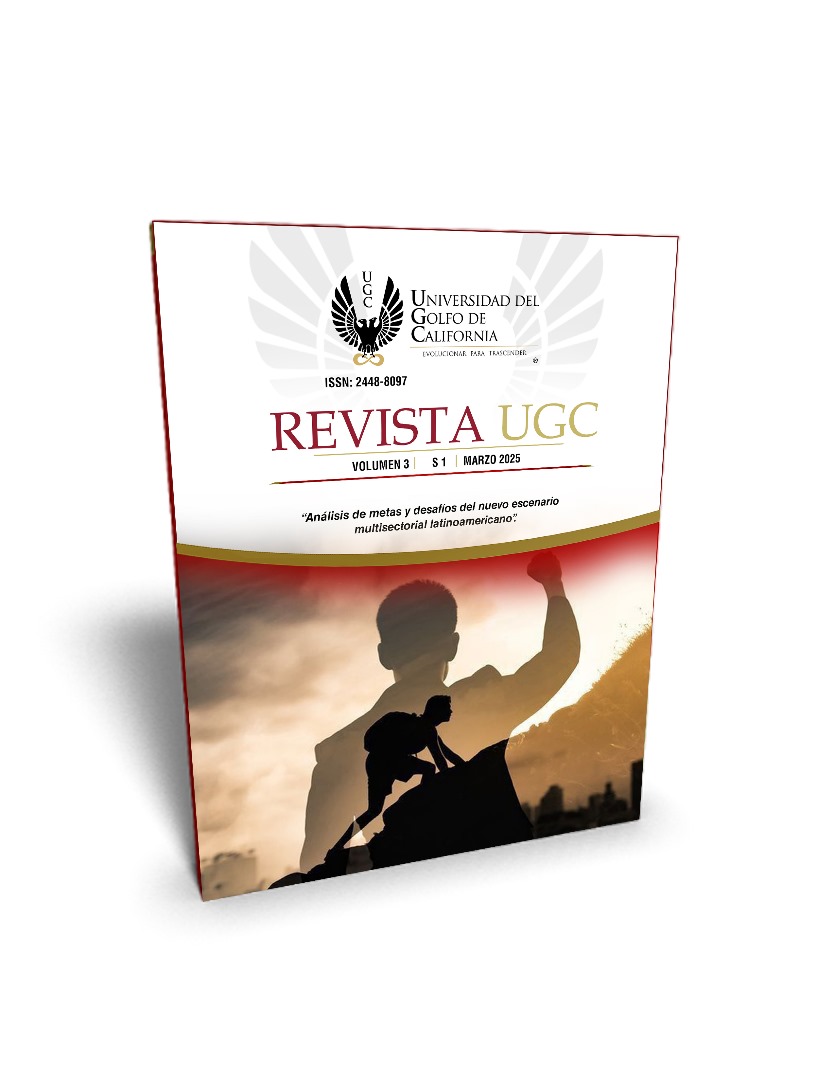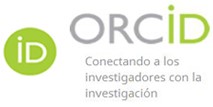Neurotransmitters: Keys to optimizing health through exercise, meditation, diet, and self-care
Keywords:
Serotonin, dopamine, oxytocin, endorphin, meditation, self-care, mental health, diet, exerciseAbstract
For the holistic vision of Health, self-care is the cornerstone to improve quality of life, in this sense neurotransmitters are directly responsible for mental and physical health. The absence of these, the alteration in their production, reuptake, as well as variations in their concentration are associated with various diseases and disorders. In this bibliographic review, articles were taken from recognized bibliographic sources, recently published and relevant to mental and physical health; aiming to relate the changes of these neurotransmitters to the loss of health and its recovery through exercise, meditation, healthy diet, stress management and self-care, thereby increasing its production. In conclusion, mental health is directly related to the balance of neurotransmitters. Changes in these neurotransmitters can lead to loss of physical and mental health, expressed in depression, insomnia, anxiety, high blood pressure and increases in serum glucose levels and other disorders. It has been observed that physical exercise, a diet rich in tryptophan, meditation, mindfulness, yoga and self-care raise the levels of neurotransmitters and improve the health status of patients, decreasing the production of cortisol, the hormone of the body. stress, which shows that the WHO developed a strategic plan to promote self-care to optimize quality of life and collective health.
Downloads
References
Boehm, J. K., Williams, D. R., Rimm, E. B., Ryff, C., & Kubzansky, L. D. (2013). Relation between optimism and lipids in midlife. The American Journal of Cardiology, 111(10), 1425-1431. https://pubmed.ncbi.nlm.nih.gov/23433765/
Cancio-Bello Ayes, C., Lorenzo Ruiz, A., & Alarcó Estévez, G. (2020). Autocuidado: una aproximación teórica al concepto. Informes Psicológicos, 20(2), 119-138. https://revistas.upb.edu.co/index.php/informespsicologicos/article/view/200
Carrasco, G. A., & Van de Kar, L. D. (2003). Neuroendocrine pharmacology of stress. European Journal of Pharmacology, 463(1-3), 235-272. https://doi.org/10.1016/s0014-2999(03)01285-8
Charroo Portilla, D., Cantalapiedra Luque, D., Torres Quiala, D., Fernandez Ortega, D., Fuentes Prats, D., García Pérez, D., & Cantalapiedra Luque, L. (2006). Neurotransmisores. Revista Información Científica, 52(4). https://revinfcientifica.sld.cu/index.php/ric/article/view/1512
Cochrane Common Mental Disorders Group. (2024). Cochrane Database of Systematic Reviews. https://www.cochranelibrary.com/
Conde Schnaider, E. D., López-Sánchez, C. V., & Velasco Matus, P. W. (2022). Relación entre la actividad física e indicadores de salud mental. Acta de Investigación Psicológica, 12(2), 106-119. https://www.scielo.org.mx/scielo.php?pid=S2007-48322022000200106&script=sci_abstract
Cuenca-Martínez, F., & Suso-Martí, L. (2019). Depresión y ejercicio físico: Una herramienta con gran potencial. NeuroRehab News, 3(1). https://publicaciones.lasallecampus.es/index.php/NeuroRehabNews/article/view/544
Fernández-Abascal, E. G., & Martín-Díaz, M. D. (2015). Dimensions of emotional intelligence related to physical and mental health and to health behaviors. Frontiers in Psychology, 6. https://doi.org/10.3389/fpsyg.2015.00317
Fundación Silencio. (2020). Manual de autocuidado. https://www.unicef.org/elsalvador/media/5036/file/Manual%20de%20Autocuidado.pdf
Galindo-Vázquez, O., Ramírez-Orozco, M., Costas-Muñiz, R., Mendoza-Contreras, l. A., Calderillo-Ruíz, G., Meneses-García, A. (2020). Symptoms of anxiety and depression and self-care behaviors during the COVID-19 pandemic in the general population. Gac. Méd. Méx., 156(4), 294-301. https://doi.org/10.24875/gmm.m20000399.
Gómez-Pinilla, F. (2008). Brain foods: The effects of nutrients on brain function. Nature Reviews Neuroscience, 9(7), 568-578. https://www.nature.com/articles/nrn2421
https://pmc.ncbi.nlm.nih.gov/articles/PMC3104618/
McCarthy, M. M. (2015). The neurobiology of oxytocin in the maternal brain. Hormones and Behavior, 76, 118-126. https://doi.org/10.1016/j.yhbeh.2015.06.005
MedlinePlus. (2023). L-Triptófano. https://medlineplus.gov/spanish/ency/article/002332.htm
Miller, E. K., & Cohen, J. D. (2001). An integrative theory of prefrontal cortex function. Annual Review of Neuroscience, 24, 167-202. https://www.annualreviews.org/content/journals/10.1146/annurev.neuro.24.1.167
Moreno, C. (2002). El estrés, vino viejo en botellas nuevas. Avances. Revista de la Asociación Colombiana de Psiquiatría Biológica, 3. https://psiquiatriabiologica.org.co/wp-content/uploads/2023/05/AVANCES-3.pdf
Muñoz Triviño, M. A. (2023). Autocuidado y manejo del estrés laboral en las enfermeras de cuidado directo- (Tesis de maestría). Unesum.
Organización Mundial de la Salud. (2024a). Autocuidado para la salud y el bienestar. https://www.who.int/es/news-room/questions-and-answers/item/self-care-for-health-and-well-being
Organización Mundial de la Salud. (2024b). Depresión. Tomado de https://www.who.int/es/news-room/fact-sheets/detail/depression
Organización Panamericana de la Salud. (2024). Objetivos de desarrollo sostenible. https://www.paho.org/es/temas/objetivos-desarrollo-sostenible
Pérez-Fuentes, M. C., Gázquez Linares, J. J., Molero Jurado, M. D. M., Martínez, Á., Barragán Martín, A. B., & Simón Márquez, M. D. M. (2016). Inteligencia emocional y salud en el envejecimiento: Beneficios del programa PECI-PM. Actualidades en Psicología, 30(121), 11-23. https://www.scielo.sa.cr/scielo.php?pid=S2215-35352016000200011&script=sci_arttext
Sebastián Domingo, J. J., & Sebastián Sánchez, B. (2018). La serotonina y los dos cerebros: Directora de orquesta de la fisiología intestinal y del estado de ánimo. Papel en el síndrome del intestino irritable. https://dialnet.unirioja.es/descarga/articulo/6505890.pdf
Spinhoven, P., Elzinga, B. M., Giltay, E., & Penninx, B. W. (2015). Anxious or depressed and still happy? PloS One, 10(10). https://journals.plos.org/plosone/article?id=10.1371/journal.pone.0139912
Sprouse-Blum, A. S., Smith, G., Sugai, D., & Parsa, F. D. (2010). Understanding endorphins and their importance in pain management. Hawaii Medical Journal, 69(3), 70.
Strasser, B., Gostner, J. M., & Fuchs, D. (2016). Mood, food, and cognition: Role of tryptophan and serotonin. Current Opinion in Clinical Nutrition & Metabolic Care, 19(1), 55-61. https://journals.lww.com/co-clinicalnutrition/abstract/2016/01000/mood,_food,_and_cognition__role_of_tryptophan_and.11.aspx
Vázquez, C., Hervás, G., Rahona, J. J., & Gómez, D. (2009). Psychological well-being and health: Contributions of positive psychology. Anuario de Psicología Clínica y de la Salud/Annuary of Clinical and Health Psychology, 5, 15-27. https://idus.us.es/items/473811b6-ac72-4c7f-a0b8-a4fb319aa205
Wise, R. A. (2004). Dopamine, learning and motivation. Nature Reviews Neuroscience, 5(6), 483–494. https://doi.org/10.1038/nrn1406
Downloads
Published
How to Cite
Issue
Section
License
Copyright (c) 2025 Lissete Carolina Zambrano-Sanguinetti, Ana Hilda Márquez-de González, Ruth Virginia González-Noriega, Corangel María Fernández-Moreno

This work is licensed under a Creative Commons Attribution-NonCommercial 4.0 International License.
Los autores conservan los derechos de autor, garantizando a la Revista el derecho a la primera publicación del trabajo. Los autores ceden a la Revista los derechos de explotación de la obra autorizándola a la distribución y comunicación pública con fines no comerciales. Los autores conservan los derechos morales sobre la obra publicada. Los derechos patrimoniales le corresponden a la Revista.






